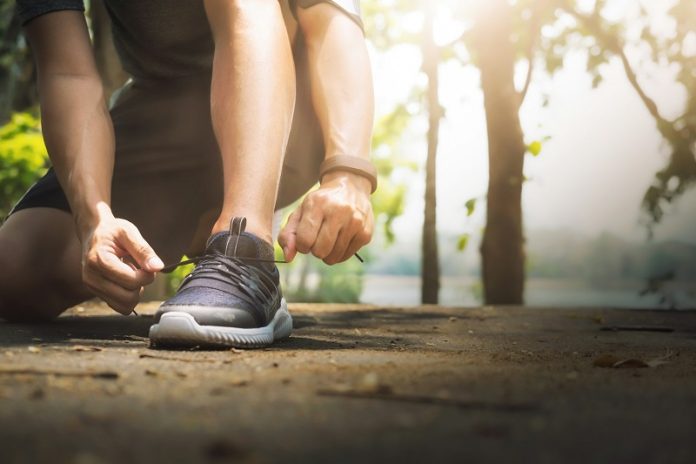
Exercise is good for our health, but many people struggle to find the motivation to stay active.
Researchers, led by Guadalupe Sabio from the National Cancer Research Center (CNIO), have made a significant discovery that could change that.
They’ve found a “switch” in our muscles that may be responsible for sparking the desire to exercise.
Their findings, published in the journal Science Advances, reveal that certain proteins in our muscles activate during exercise, encouraging us to keep moving.
Sabio, who heads the CNIO’s Interaction between Organs in Metabolic Diseases Group, explains, “We’ve discovered how muscles themselves can control our interest in exercise through a signaling pathway between the muscles and the brain.
This pathway is likely one of several that makes us feel the urge to exercise more once we start.”
The study also highlights that the proteins produced in our muscles during exercise help regulate each other. This balance prevents the drive to exercise from becoming harmful to our bodies.
The research involved both animal models and human participants, including volunteers who engaged in controlled exercise and patients with obesity.
The results suggest that this newly discovered pathway plays a crucial role in regulating physical activity in both mice and humans. The authors believe that this pathway could be important for developing new treatments for obesity and other metabolic diseases.
The study’s first co-authors, Leticia Herrera and Cintia Folgueira from the National Center for Cardiovascular Research (CNIC), found that when muscles contract repeatedly and intensely during exercise, two proteins called p38α and p38γ are activated.
The level of physical activity we want to engage in can be influenced by how much these proteins are activated.
Another key protein involved in this process is interleukin 15 (IL-15). When p38γ is activated during exercise, it triggers the production of IL-15. This protein then affects the brain’s motor cortex, the area that controls movement, encouraging more physical activity.
In experiments with animals, the presence of higher IL-15 levels in the blood led to increased voluntary activity. The researchers also found that regular exercise increased the activation of p38γ more than p38α, which could explain why consistent training makes us want to keep exercising.
The researchers also observed that in humans, both p38 proteins were activated in exercised muscles, and IL-15 levels in the blood increased. However, obese patients had lower levels of IL-15, which could be an important link to why regular exercise is so effective in preventing and treating obesity.
Looking ahead, Sabio and her team plan to explore whether IL-15 could be used as a biomarker to gauge a person’s desire to exercise. This could help coaches and trainers create more effective workout plans. There’s even the potential to develop an IL-15-based drug to help those who struggle to stay active, such as people with obesity.
Sabio is also planning to use this research model to better understand how exercise relates to longevity and cancer, and to uncover the mechanisms that control these connections.
If you care about wellness, please read studies about how ultra-processed foods and red meat influence your longevity, and why seafood may boost healthy aging.
For more health information, please see recent studies about the power of pickle juice ,and time-restricted eating: a simple way to fight aging and cancer.



